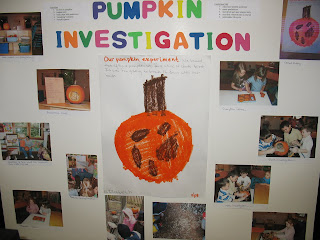
The (freshwater) pond habitat teems with plants and animals from several groups, including a vast array of microscopic inhabitants. There are many interesting pond animals: amphibians (frogs, tadpoles of frogs, salamanders, and toads), birds (Kingfisher, ducks, swans, small herons, red-wing black birds), fish (wide variety depending on where you live), insects and insect larvae (dragon flies and dragon fly nymphs, mosquito larvae, water striders, water beetles), mammals (Muskrats), and reptiles (a variety of turtles and some water snakes). The pond consists not only of the water, but the perimeter of small trees, grasses, cattails, and mud. A scoop of pond water yields an interesting study in itself. and is a great invitation to this topic. Armed with magnifying glasses and shallow trays, children can discover a seemingly endless variety of interesting creatures swimming around.
Ponds vary tremendously in size and origin, and specific plants and animals found will depend on your location and climate. If you have a small pond nearby your center, you have a great place to study this interesting habitat. Here are some things to think about and/or ask the children:
How is the pond different from the ocean? How is it the same?
How are pond turtles different than sea turtles? Why do you think so?
What is the difference between an amphibian and a reptile? Why do many people confuse them?
Are there sharks in the pond? Why not?
Some ideas for pond life activities:
Create a fresh water aquarium for your classroom for a few days so children can observe animals first-hand. This is especially important if you cannot safely bring children to a nearby pond. Make sure you know how and what to feed any animal you include, and make sure you put them back in a few days where you found them.
If you can go to a pond, do a checklist scavenger hunt or make a pond walk photo-journal of your visit.
Make a pond mural (see above photo) throughout your study.
Make or buy a set of frog life cycle stamps to help children represent the different stages they have observed.
Make a frogs and lily pads or a turtle and logs matching and counting game.
Play non-competitive musical frogs and lily pads instead of musical chairs.
There are dozens of field books for children that focus explicitly on pond life, as well as reptiles and amphibians, insects, and birds. The best resource I have found is Woods, Ponds, & Fields, by Ellen Doris. As you can tell by the title, it is also a great resource for the field/meadow and forest/woodland habitats. It includes dozens of nature activities and information, such as how to make an underwater viewer, as well as important safety tips (poison ivy, ticks, etc). Unfortunately, this book is out of print, but there are many used copies available online, and I highly recommend it.


